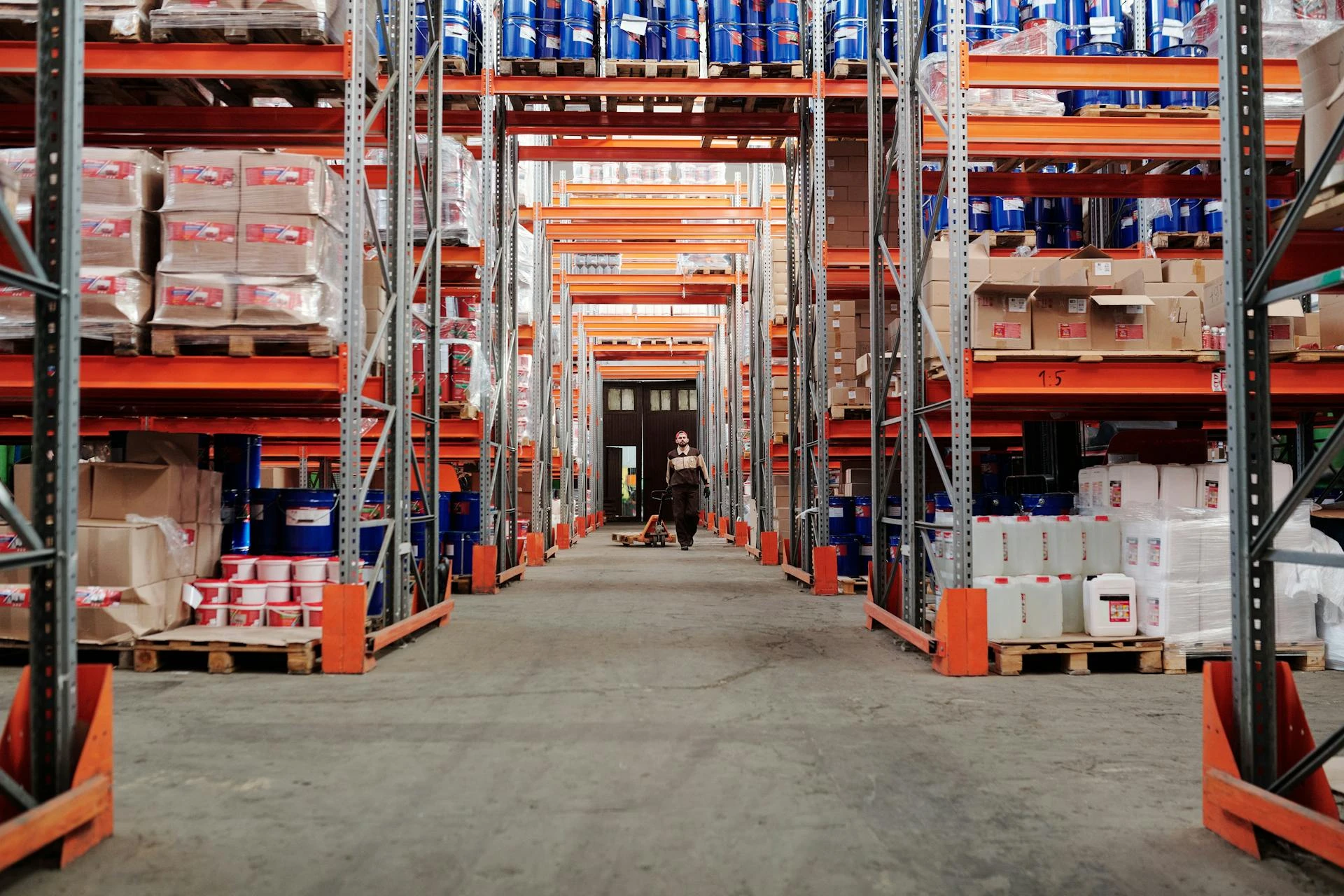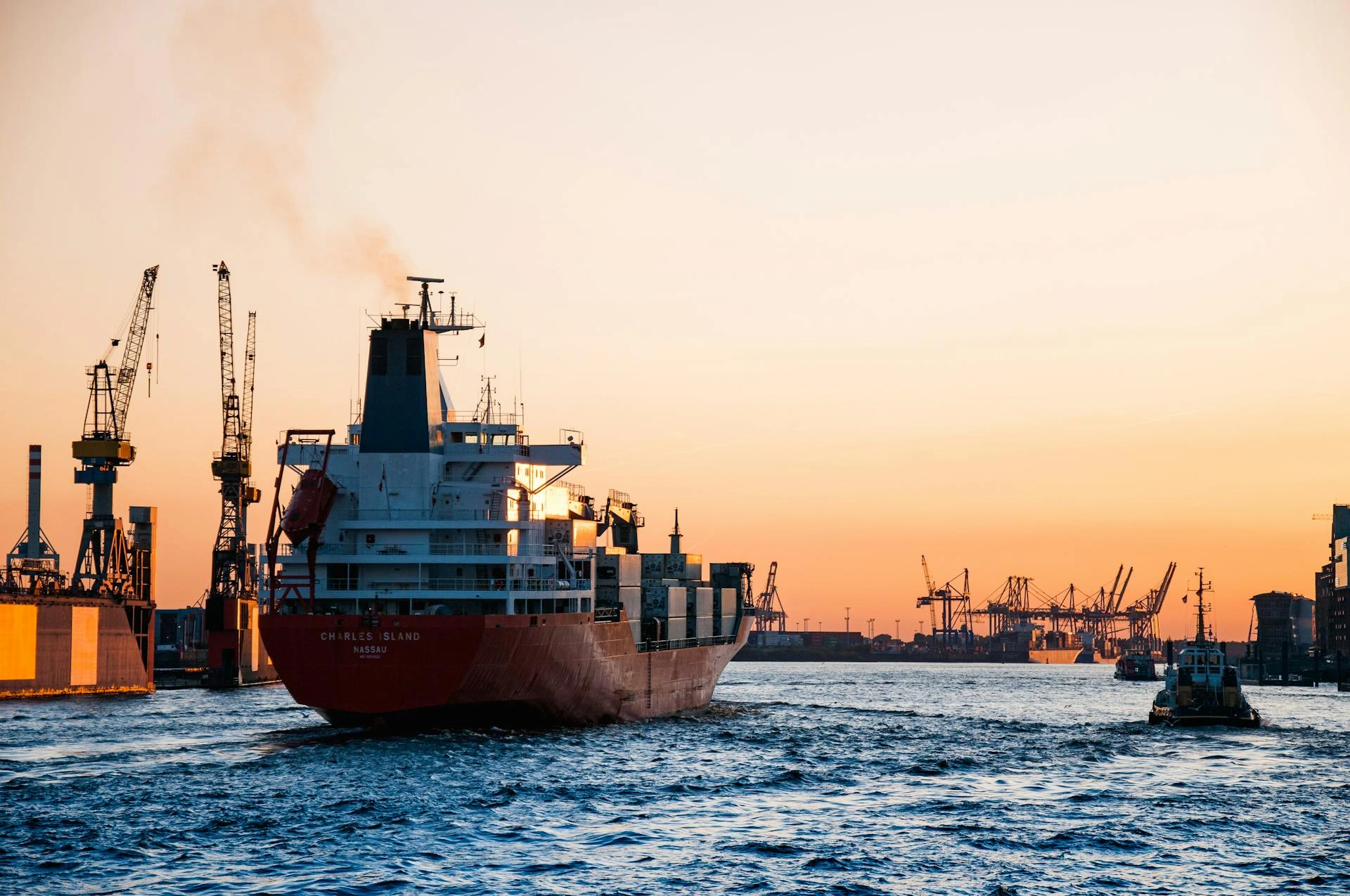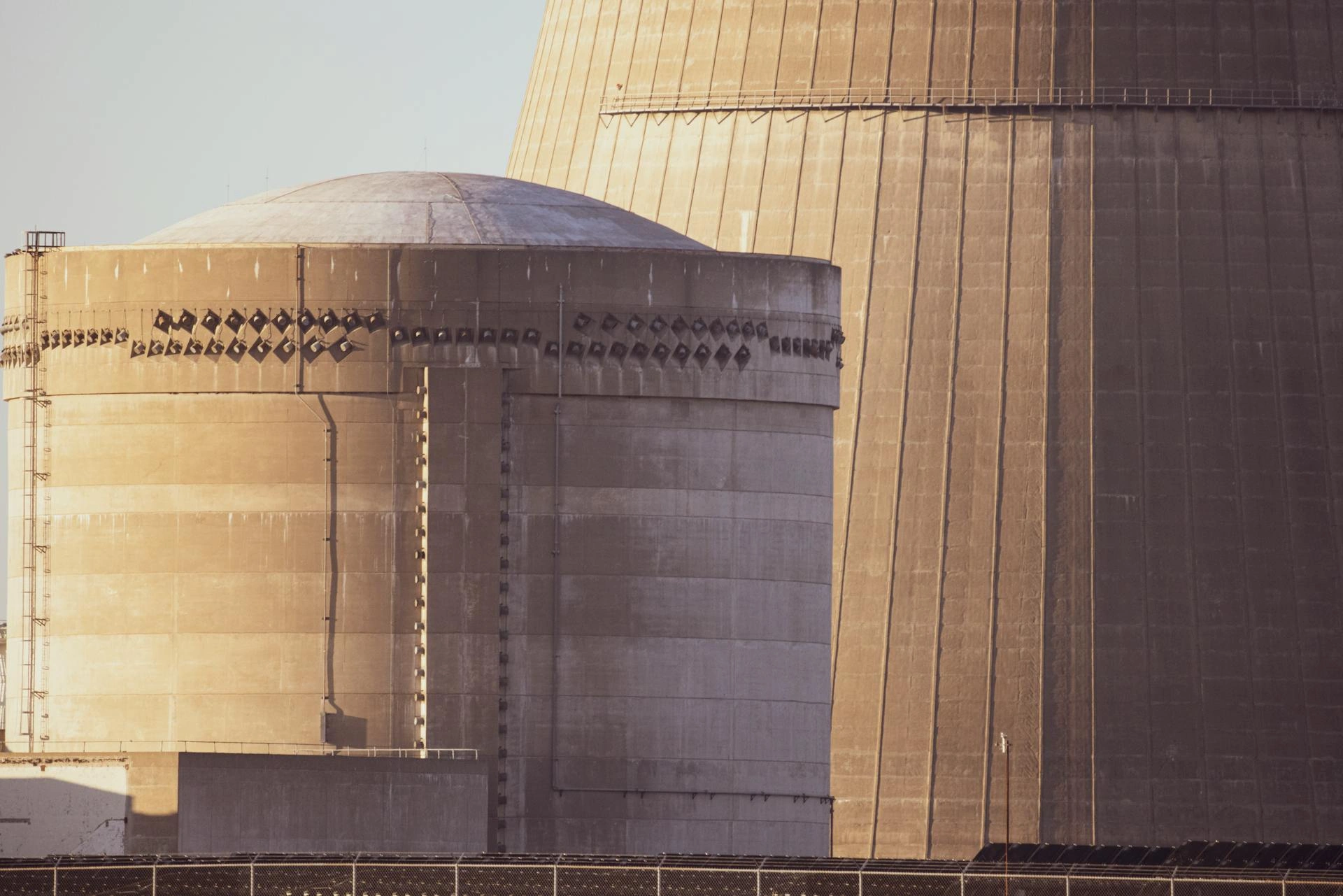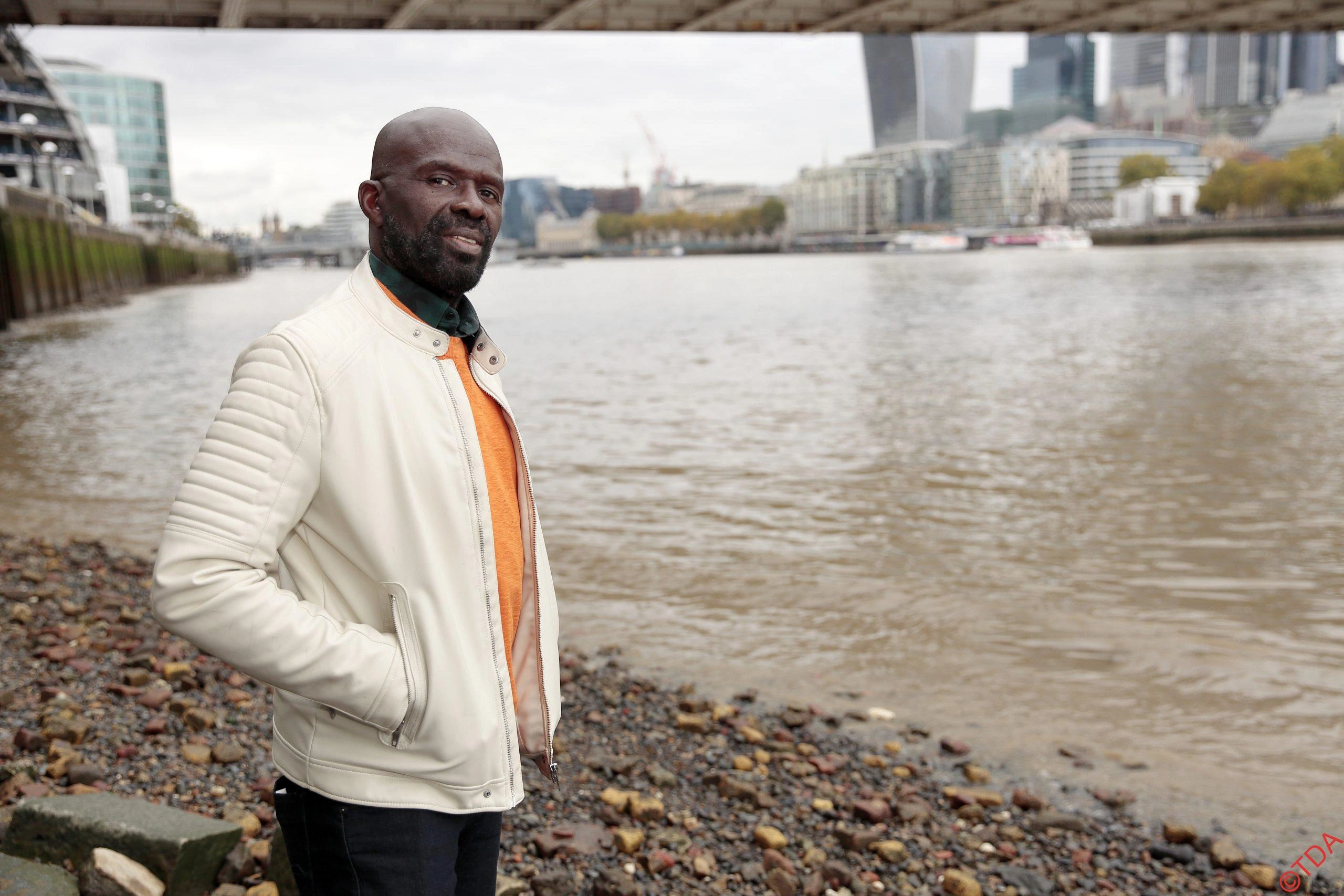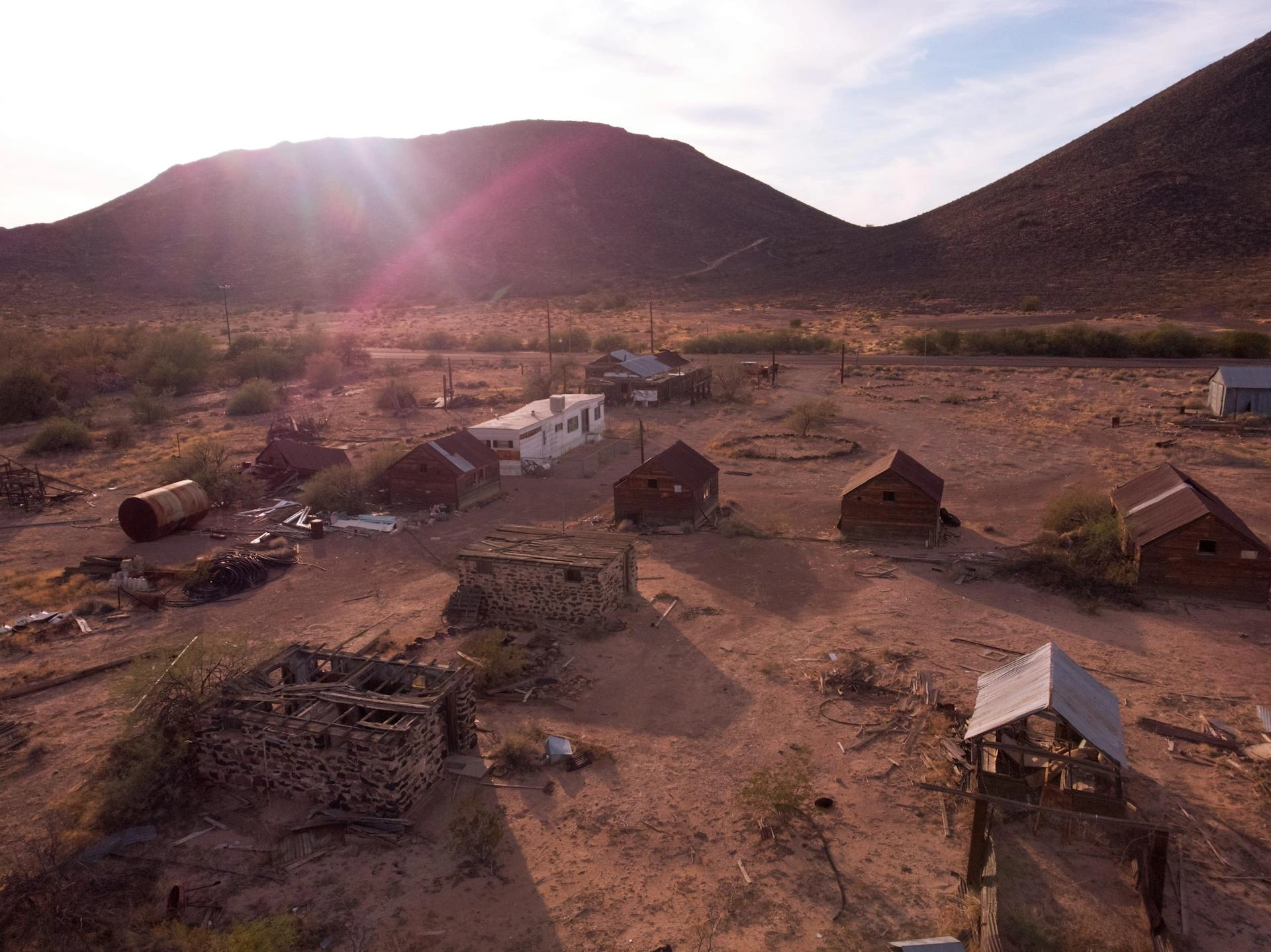Asturias in June: Spain’s secret Celtic coast of cheese, cliffs and cider

Julian Doyle
- Published
- Opinion & Analysis
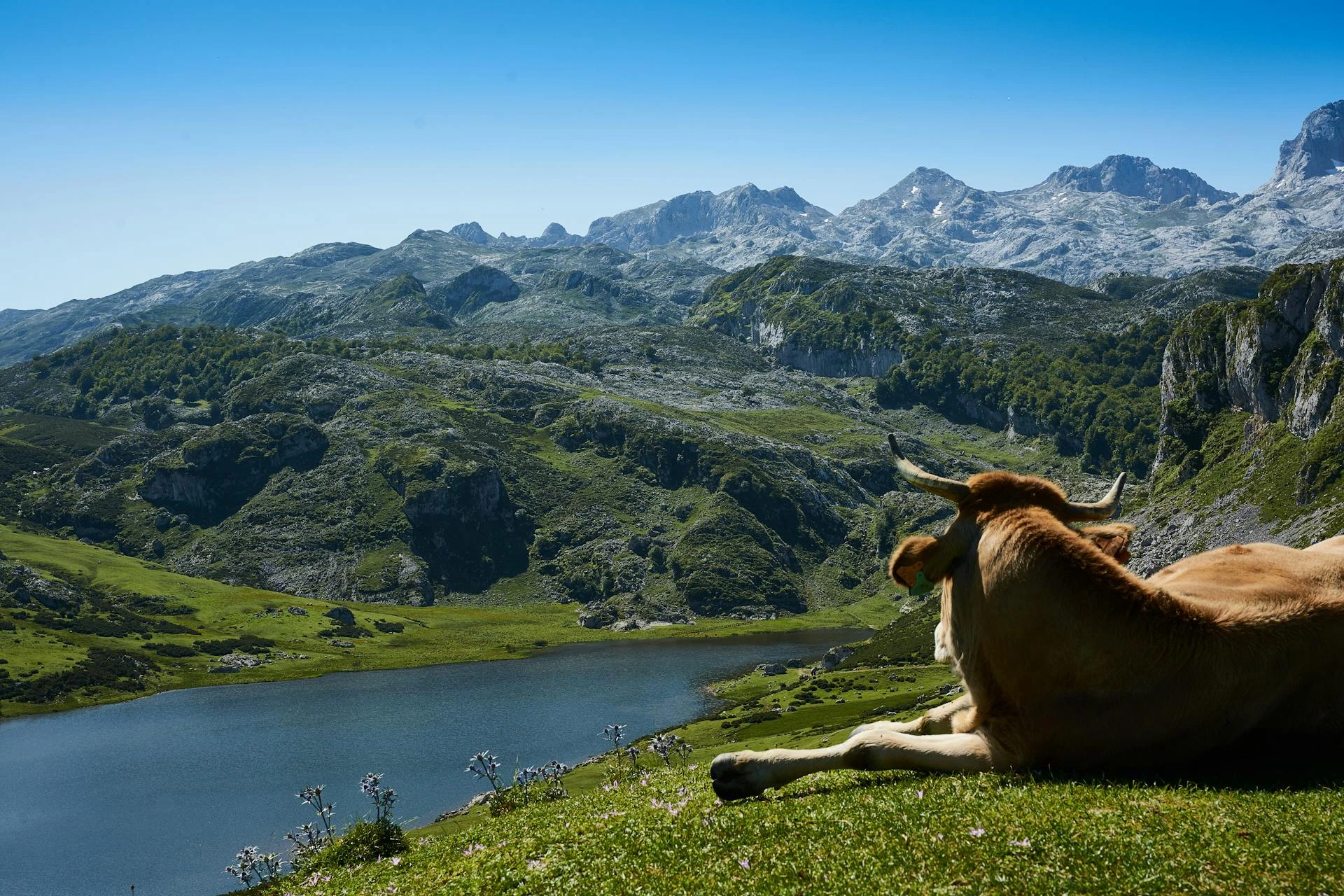
Tucked between the Picos de Europa and the Cantabrian Sea, Asturias is Spain’s green and ancient exception — a Celtic-influenced region of wild coastline, bagpipes, sidra, and 300 cheeses. British filmmaker and Monty Python collaborator Julian Doyle explores this overlooked corner of northern Spain, where miners once ruled, mountains still matter, and locals still pour cider from a height
There’s an area in the north of Spain that feels nothing like the rest of the country. Trapped between the rugged Picos de Europa mountain range and the Cantabrian Sea, it’s called Asturias. From mountains to sea is a mere 50 miles, yet the coastline stretches for more than 150 miles, dotted with rocky coves and sandy beaches.
The prevailing south-westerly winds rise over the Picos—dry on the León side—and release their rain and snow over Asturias, making it lush and green. Because of this, and its historic isolation from the rest of Spain, the region has developed in its own unique way. Mention Asturias to a Spaniard and the first thing they’ll say is how beautiful it is.
As a tourist in Spain, the only reference you might find to Asturias is on supermarket milk cartons—this is where the cows are. Asturias is the only region in Spain with free-ranging herds. Foreign tourists are rare, mostly hikers or pilgrims walking the Camino to Santiago de Compostela. The area was traditionally industrial, with coal mines in the foothills and steel plants along the coast. Compared to other parts of Spain, prices are very low. If you’re charged €3 for a glass of wine and a few tapas, they’re having you on.
The prosperity brought by industry gave the Asturianos a sense of superiority over the rest of Spain, which for centuries was very poor. I recall one person bluntly calling the Andalusians “thieves and liars.” Now, the mines and steelworks have gone, and the south has become rich on tourism.
The region has deep roots. Neanderthals and early humans lived here, and cave paintings remain. By 1000 BC, the area was under Celtic influence—these people were known as the Astures. The Romans never quite subdued them after arriving in 30 BC, and neither did the Moors. That Celtic spirit survives: in place names, folklore about goblins and witches, and most strikingly in their traditional music—played on bagpipes and drums.
Because of the climate, villagers often wore wooden clogs—and you’ll still see old women in them today. The local language, Bable, is distinct in grammar, vocabulary and spelling. “John” becomes “Xuan”, and “Mujer” (woman) becomes “Muyer.” Castilian Spanish didn’t arrive until the 14th century.
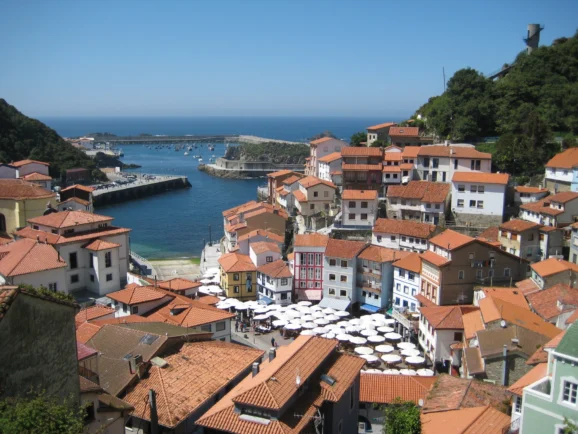
In the bars, the drink of choice is sidra—Asturian cider. Flat and cloudy, it must be poured from a height to give it life. Glasses are large, but only filled a quarter of the way. A man outside the sidrería will pour with dramatic flourish, the splash activating the flavour. You down your share, throw away the dregs, hand back the glass for the next person. Everyone shares the same glass.
Elsewhere in Spain, Asturian bars often use mechanical contraptions to mimic the pour. In Alicante, I saw a battery-powered cow. Press a button on its back and it shoots cider into your glass from a bottle on top. It wore clogs and bore the gold cross on blue—the Asturian flag.
Here are two proud Asturians with that flag: Formula 1 World Champion Fernando Alonso, and World Cup-winning footballer David Villa. In the main square of the mining town Mieres del Camino, there’s even a statue of a man pouring water like sidra.
In the past, Asturias was hard to reach. The mountains blocked access to Madrid, and travellers from France had to change trains in Santander to a narrow-gauge line winding through the hills. I remember wooden benches and rattling carriages, sea on one side, mountains on the other. In those post–Civil War, post–World War days, cars were rare. Bullocks, mules and donkeys filled the roads.
Now, transport is easier. The narrow-gauge railway has been replaced, and tunnels under the mountains serve trains and cars. The mountain pass is improved, though often closed for five months a year. In March, I drove my wife up to the snowline so she could see snow for the first time. “My dream has come true,” she said.
Cars with skis passed us, heading to the cable car and slopes above. It’s one of Europe’s southernmost ski resorts—though the Sierra Nevada, further south, holds that title. In Andalusia, you can ski above Granada in the morning, then burn on the beach in Almería by afternoon.
Asturias is also famous for the Battle of Covadonga in 720, where the first Moorish defeat in Spain took place. Local legend credits the Virgin of Covadonga. A Christian general, hiding in a cave with a hermit’s statue of the Virgin, prayed for victory—and got it. The Moors fled, and the Kingdom of Asturias was born. A monastery and chapel now mark the spot, though the originals burned in 1777.
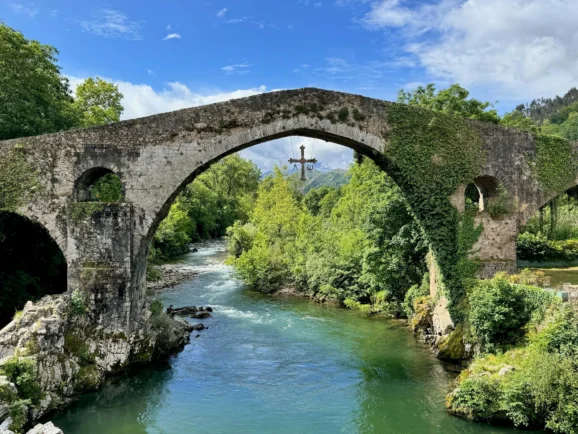
Because of the climate and proximity to the sea, the food in Asturias is superb. I once saw a miner sniff some enormous prawns, turn up his nose, and order fish instead. Another warmed his brandy glass with a lighter, releasing its aroma. They were culinary experts—without the snobbery.
Two key crops, both from the Americas, shaped the cuisine. First, fabada—a rich stew of white beans, pork, chorizo, morcilla (black pudding), and tocino (fatback). Second, maize, brought back by Asturian emigrants after Columbus sailed in 1492.
Maize was everywhere. Fields brimmed with it, and balconies of hórreos—elevated granaries designed to keep food dry and rodent-free—were hung with yellow cobs. You can still spot the odd hórreo today. The name maize comes from the native American word mahiz. Besides food, maize has industrial uses, even in gasoline. There’s a chemical plant in Avilés, and I’ve often wondered whether that’s where it ends up.
Most famously, Asturias is the land of cheese. At the 2021 World Cheese Awards in Oviedo, Susan Sherril Axelrod of Culture magazine marvelled at the variety. Over 300 types are made in this small, 4,000-square-mile principality. Cabrales, my favourite, is one of the world’s great blue cheeses—spicy, tangy, and made with raw cow’s milk. It matures in limestone caves, filled with penicillium roqueforti, the blue-vein mould that defines it.
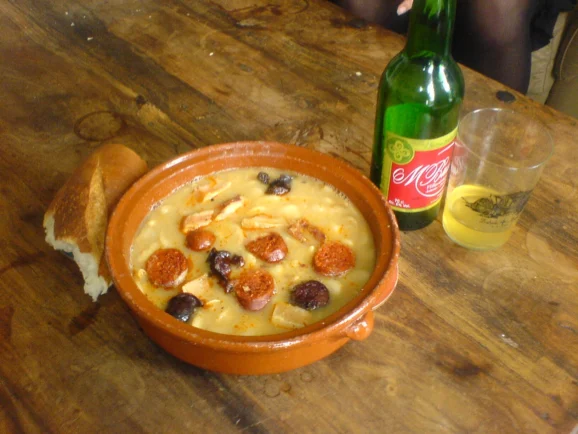
The heir to the Spanish throne is traditionally titled Príncipe de Asturias—a nod to the region’s historic importance, akin to the UK’s Prince of Wales. The two regions have much in common: green hills, coal mining, and a strong working-class identity. I once brought a delegation of UK miners to Asturias. A Welsh miner saw the hills, the scars on the locals’ faces, and declared: “This is Wales!” Blue scars, he explained, were tell-tale signs of old coal wounds. He even tried speaking Welsh to them.
Today, more Spaniards are holidaying in Asturias, fleeing the oppressive southern heat. It may be one of the best places in Spain to survive global warming. Gijón (pronounced Hihón, with a guttural H) has grown rapidly.
So if you want to holiday in Spain with the Spanish—not the Germans, Swedes or Brits—head north. Enjoy the mountains, valleys, beaches, food, and especially, the cheeses of Asturias.
FACT FILE
Where is Asturias?
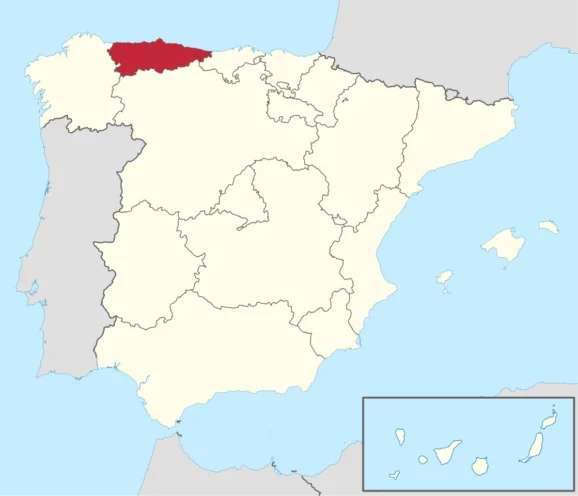
Asturias is an autonomous community in northern Spain, bordered by Cantabria to the east, Galicia to the west, and León to the south. It stretches from the Bay of Biscay to the Picos de Europa mountains.
How to Get There
Asturias Airport (OVD) has regular domestic flights from Madrid and Barcelona, plus limited international services. From Santander or León, you can drive, take a bus, or use RENFE or FEVE rail services. Roads are now good, but mountain passes may close in winter.
When to Go
Spring and early autumn offer lush landscapes and fewer crowds. July and August are popular with Spanish tourists. Ski season runs from December to March in the Picos de Europa.
Where to Stay
Charming guesthouses (casas rurales), small hotels, and seaside pensions are common. Look in Oviedo, Gijón, Llanes or Cangas de Onís for a base.
What to Eat
Try fabada, grilled fish, cider (sidra), and Asturian cheeses—especially Cabrales. Visit a sidrería for the full cider-pouring ritual.
What to See
Picos de Europa National Park, Covadonga Sanctuary, the seaside towns of Llanes and Ribadesella, Gijón’s beaches, Oviedo’s old quarter, and the Niemeyer Centre in Avilés.
Getting Around
A car is best for flexibility, though regional trains and buses do connect major towns and some rural routes.

Julian Doyle is a British filmmaker best known for his work with Monty Python (The Holy Grail, Life of Brian, The Meaning of Life). He is also a long-time researcher of biblical history, and the author of, The After-Life of Brian, The Assassination of Mary Magdalene and Who Killed Jesus?
Main photo: Francisco Cornellana Castells/Pexels
Sign up to The European Newsletter
RECENT ARTICLES
-
 Why Greece’s recovery depends on deeper EU economic integration
Why Greece’s recovery depends on deeper EU economic integration -
 Why social media bans won’t save our kids
Why social media bans won’t save our kids -
 This one digital glitch is pushing disabled people to breaking point
This one digital glitch is pushing disabled people to breaking point -
 Japan’s heavy metal-loving Prime Minister is redefining what power looks like
Japan’s heavy metal-loving Prime Minister is redefining what power looks like -
 Why every system fails without a moral baseline
Why every system fails without a moral baseline -
 The many lives of Professor Michael Atar
The many lives of Professor Michael Atar -
 Britain is finally having its nuclear moment - and it’s about time
Britain is finally having its nuclear moment - and it’s about time -
 Forget ‘quality time’ — this is what children will actually remember
Forget ‘quality time’ — this is what children will actually remember -
 Shelf-made men: why publishing still favours the well-connected
Shelf-made men: why publishing still favours the well-connected -
 European investors with $4tn AUM set their sights on disrupting America’s tech dominance
European investors with $4tn AUM set their sights on disrupting America’s tech dominance -
 Rachel Reeves’ budget was sold as 'fair' — but disabled people will pay the price
Rachel Reeves’ budget was sold as 'fair' — but disabled people will pay the price -
 Billionaires are seizing control of human lifespan...and no one is regulating them
Billionaires are seizing control of human lifespan...and no one is regulating them -
 Africa’s overlooked advantage — and the funding gap that’s holding it back
Africa’s overlooked advantage — and the funding gap that’s holding it back -
 Will the EU’s new policy slow down the flow of cheap Chinese parcels?
Will the EU’s new policy slow down the flow of cheap Chinese parcels? -
 Why trust in everyday organisations is collapsing — and what can fix it
Why trust in everyday organisations is collapsing — and what can fix it -
 In defence of a consumer-led economy
In defence of a consumer-led economy -
 Why the $5B Trump–BBC fallout is the reckoning the British media has been dodging
Why the $5B Trump–BBC fallout is the reckoning the British media has been dodging -
 WPSL Group unveils £1billion blueprint to build a global golf ‘super-group’
WPSL Group unveils £1billion blueprint to build a global golf ‘super-group’ -
 Facebook’s job ads ruling opens a new era of accountability for artificial intelligence
Facebook’s job ads ruling opens a new era of accountability for artificial intelligence -
 Robots can’t care — and believing they can will break our health system
Robots can’t care — and believing they can will break our health system -
 The politics of taxation — and the price we’ll pay for it
The politics of taxation — and the price we’ll pay for it -
 Italy’s nuclear return marks a victory for reason over fear
Italy’s nuclear return marks a victory for reason over fear -
 The Mamdani experiment: can socialism really work in New York?
The Mamdani experiment: can socialism really work in New York? -
 Drowning in silence: why celebrity inaction can cost lives
Drowning in silence: why celebrity inaction can cost lives -
 The lost frontier: how America mislaid its moral compass
The lost frontier: how America mislaid its moral compass














